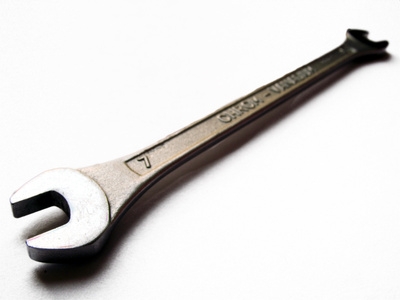
The MOPAR 383 big block is a stout engine right from the factory. However, a few performance upgrades can really make a difference. The 383 is known for being a quick-revving engine, unlike its 440 counterpart, which has more of a slow RPM climbing range when in stock form. For just a few hundred dollars, the Mopar 383 big block engine can be a real screamer with a lot of horsepower.
Updating the intake manifold and the carburetor is a good place to start when adding horsepower to your Mopar 383 big block engine. The stock intake manifold is probably made of cast iron, which is heavy, and the intake runners are going to be smaller than an aftermarket performance model such as the Edelbrock Performer. Replacing the carburetor with an updated unit to match the manifold is a great idea, too. The original carburetor can be rebuilt, of course, but it probably will not deliver the smooth power of a modern Holley or Edelbrock unit. Installing an intake manifold and carburetor can be done in a single day in the driveway.
The stock camshaft in your Mopar big block 383 does the trick for normal highway cruising, but if you want performance and more horsepower, an aftermarket camshaft delivers. Mopar Performance "Purple Shafts" have been popular for decades and provide a healthy amount of power. Competition Cams is another popular brand. The installation of a camshaft is much more in depth than the intake manifold, but it can also be done at home. If the engine is still in the car, remove the grille and radiator to allow clearance for camshaft removal and installation.
Nothing adds cheap and easy performance like a set of headers and quality mufflers. Some popular header manufacturers for the Mopar 383 engine are Mopar Performance, Hooker and TTI Tube Technologies, but many more exist. If the engine is creating more than 400 horsepower, go with a 3-inch tubing all the way back. A good-flowing muffler such as Flowmaster or Dynomax should be considered, as well, for maximum power. The installation of headers can be done at home with common tools, but the mufflers and exhaust pipes may have to be done by a professional, especially if you have no welding or metal-working skills.